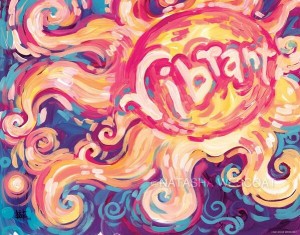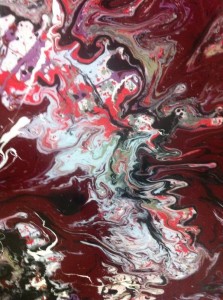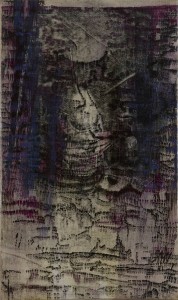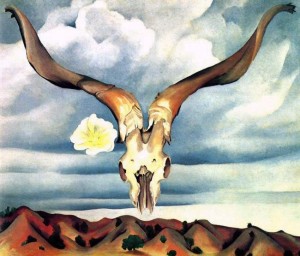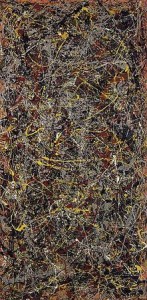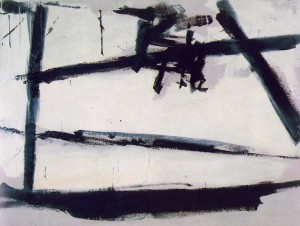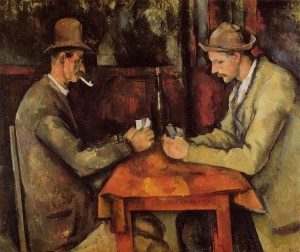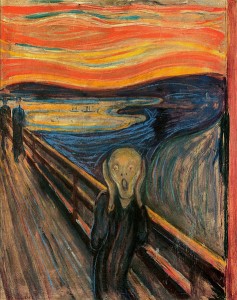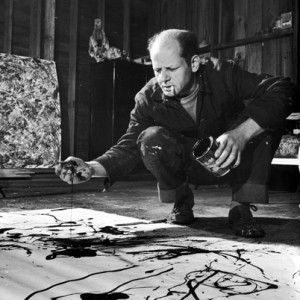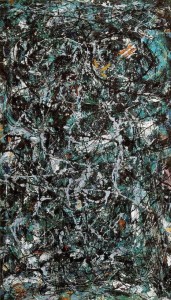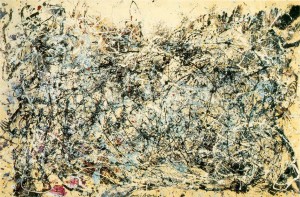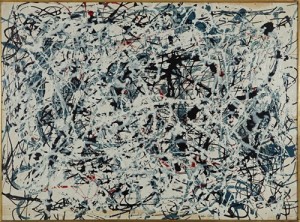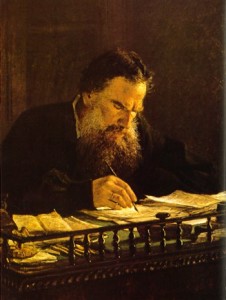Top 25 Inspiring Artists to Follow on Twitter
 1. Gemstars : @gemstars
1. Gemstars : @gemstars
An artist from Canada who enjoys painting, weaver of ideas, and more. Check out her paintings on her twitter profile.
2. Dianne Hendrix : @AlaskaArtist
This artist and photographer is based in Alaska. Lists include art, writing, travel, and more.
3. Rob Sheridan : @rob_sheridan
He is an artist, designer, and photographer from Los Angeles. He is also the Creative Director for alternative band Nine Inch Nails.
4. Tenacious Artist : @tenaciousartist
Artist, music lover, teacher, Cesar Millan Fan, Polio survivor. Cathy F. is from Texas and runs Deutsch Friesenhahn Fin Art. Check in to hear her inspiring words on life, art, and more.
5. Lissa Rankin : @Lissarankin
This artist is an OBGYN and NY Times bestselling author of Mind Over Medicine, physician, founder of the Whole Health Medicine Institute.
6. Labedzki Art : @Labedzki_Art
This Canadian artist focuses on the abstract. Get links to work, auctions, and more. Canadian abstract artist specializing in figurative painting.
7. Natasha : @natasha
She is a painter of whimsical landscapes from Los Angeles. Responses and tips are found on this Twitter stream. Award-winning Artist & Illustrator, writer, speaker and entrepreneur.
8. Matthew Tubbesing : @matubbesing
Everything from abstract to the Blues are discussed in his twitter account.
9. Adelaide Damoah : @Adelaidedamoah
From the U.K., she is an oil painter and a self-described “hermit and social butterfly.” See what she is up to from her tweets.
10. Dan Byl : @danbyl
This painter actually uses eBay to sell his art. Latest works are often featured on twitter. Paints huge colorful fun paintings.
11. Estria : @estria
He strives to have graffiti recognized as a legitimate art form. See his work, along with the works of others by following. USA’s leading promoter of Graffiti ART FORM. Head of national Estria Battle. Art & inspiration from the streets.
12. Mark E. Wade : @MarkEWade
He is a creative thinker form Connecticut. Get inspired by random thought and musings through tweets.
13. Adrianasimo : @Adrianasimo
This Twitter user’s son has autism and doesn’t let it stop him from creating art. See what they are both up to by following tweets.
14. Dr. Paula Hudson : @DrPaulaHudson
Are you an artist who wants to get in touch with the art loving community? Then follow Paula who specifically began the Twitter account to meet artists.
15. Jaime Lyerly : @jaimelyerly
Tweets are often art focused. Visionary Artist, Shamanic Reiki Energy Healer & Play leader @ Expressive Goddess. Tips for Inspired Living.
16. Annie Strack : @AnnieStrack
In addition to being a writer for “Art Calendar Magazine,” she is also a professional maritime artist. Tweets are often on daily life. Artist Workshops Instructor, Official Authorized USCG Artist, Author, Art Business Consultant
17. Arthur Rau : @arthurra
From Dublin, Ohio. He tweets on modern and contemporary art, theory, design, and more. Tweets are usually on random items.
18. Donna Bernstein : @DonnaB_Art
This artist enjoys using horses as her subjects. She also works in paintings, sculptures, and more.
19. BJ Katz : @BJKatzART
This artist has a wide variety of interests including healthcare, hospitality, spirit, and others.
20. Swarez Art : @SwarezArt
This contemporary artist paints abstract and modern works of art. Tweets are often on random thoughts.
21. Alison Jardine: @alisonjardine
A professional artist in Dallas, originally from England. Currently in a project with Sony & Flavorpill to photograph life in the Dallas arts.
22. Carmen Renieri: @RenieriArts
Freelance visual artist, art collector & entrepreneur. Always looking for new ventures and opportunities.
23. KathyOstman-Magnusen: @KathysArt
Painting, Poetry, Sculpture, Figurative Artist, Goddess, Erotica, Fairies, Mermaids, Politics, Obama fan.
24. Stacy Alexander: @ARTISTstacy P
Professional writer/Visual Artist
25. Teresa Freed: @TeresaFreed
Artist, Website Designer and Marketing Coach. I work in Pastels, primarily landscapes and some portraits.
